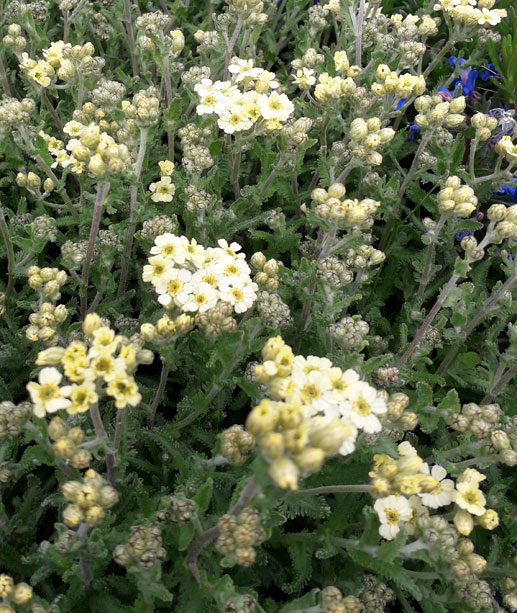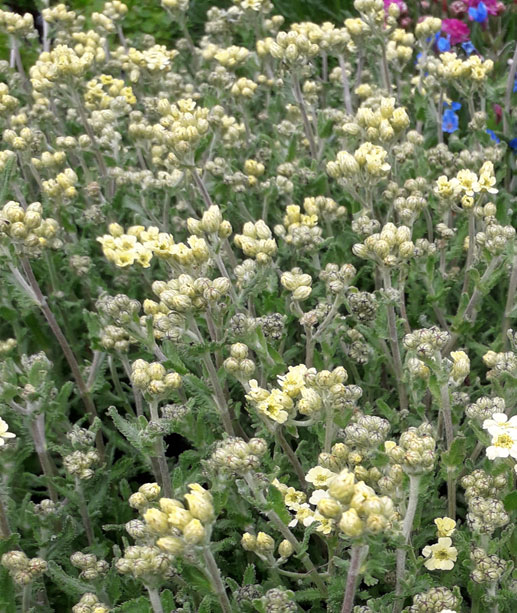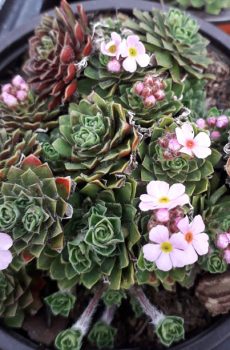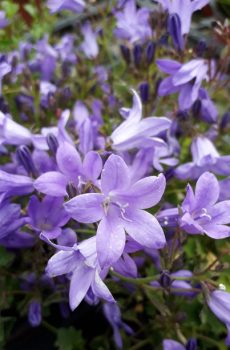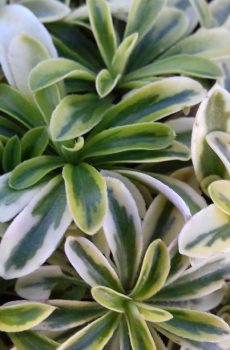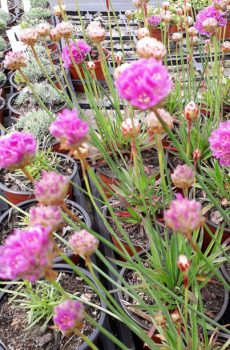Description
Achillea x lewisii ‘King Edward’ AGM
Achillea x lewisii ‘King Edward’ is a low growing, compact form of yarrow with soft grey green leaves and pale primrose-yellow flowers which fade to cream with age. Trim off spent flower heads to encourage new buds & prolong the flowering season.
Common name: yarrow
Family: Asteraceae
Flowers: May-August
Height. 10-15cm
Spread. 20cm
Position: Most well drained soils but poor chalk soil in a sunny position is preferable.
Use: Rock garden, paving, walls or edges of borders.
Yarrow
You will find Achilea millefolium in a variety of habitats from hedgerows and pasture to waste ground, thriving best on poorer soils. It grows from lowlands up to considerable altitudes.
In the garden it is valuable for the subtle range of colours the flowers show, often fading a second colour. The range is from pure white, through soft pinks and vibrant reds to pink and lavender. Also there are oranges, yellows.. As a bonus, the flower heads dry well for dried arrangements. They are excellent plants for the border, where they will flower twice if cut back. Interestingly, longevity is increased on poorer drier soils, with the Consequence that they excel in xeriscapes – very dry plantings. Also, they tolerate mowing excellently and are very hardy. Their main enemy is excessive winter wet.
The leaves of Achillea millefolium are strongly astringent and prove excellent in helping to heal cuts made by steel. Clean cuts can find it hard to knit together. If you chew the leaves of Achillea and then placed them in the wound, the astringent qualities tighten the wound and then their rough nature provides a structure for the wound to heal across. In days when swords where the weapon of choice, soldiers would carry achillea as part of their standard kit, leading to common names such as Soldier’s Woundwort.
Naming and Folklore
The Greeks named Achillea after Achilles, the legendary heroic warrior who they believed discovered the plants properties. The common name yarrow is derived from the Anglo-Saxon ‘gearwe’ the name of this plant. The specific epithet ‘millefolium’ or ‘thousand leaf’ refers to the much divided leaf.
Another common name, ‘Nosebleed’, could have two opposing derivations. Some authorities say yarrow is most effective at staunching nosebleeds, yet others say it induces bleeding from the nose, such as in the custom in Eastern Counties of divining your one true love by tickling the inside of the nose whilst reciting:
‘Yarroway, Yarroway, bear a white blow, If my love love me, my nose will bleed now.
Another way to foresee your fortunes in love is to place Yarrow beneath your pillow, wrapped in a flannel and recite before you retire:
‘Thou pretty herb of Venus’ tree, Thy true name it is yarrow, Now who my bosom friend must be, Pray tell thou me tomorrow.’
Your sleep will then bring you a vision of your future spouse.
Achillea has a further history of use in the art of divination, the herb having a long association with the Devil.
Achillea ‘Terracotta’. Yarrow, Yarroway, Milfoil, Devil’s Nettle, Devil’s Plaything, Bad Man’s Plaything, Old Man’s Pepper, Soldier’s Woundwort, Knight’ Milfoil, Herbe Militaris, Thousand Weed, Nose Bleed, Carpenter’s Weed, Bloodwort, Sanguinary, Staunchweed,
